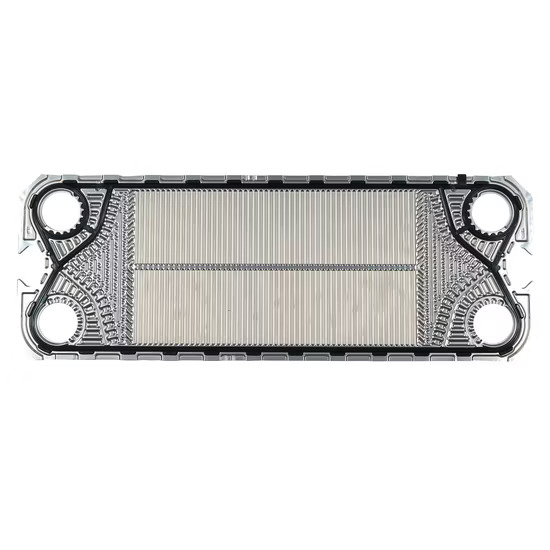Introduction
NBR Gasket Heat Exchanger is a type of plate heat exchanger that uses Nitrile Butadiene Rubber (NBR) gaskets for sealing between plates. NBR, a synthetic rubber material, is selected for its excellent resistance to oils, fuels, and certain chemicals. This type of heat exchanger is widely used in industrial cooling, hydraulic systems, and oil processing applications.
What is NBR?
NBR (Nitrile Butadiene Rubber) is a copolymer of acrylonitrile and butadiene. Its standout features include:
- Excellent oil and hydrocarbon resistance
- Good abrasion resistance
- Moderate temperature stability
- Resistance to wear and tear
- Economical cost compared to other elastomers
These properties make NBR suitable for environments where oils, lubricants, and fuels are present.
Structure of NBR Gasket Heat Exchanger
An NBR gasket heat exchanger typically follows the gasketed plate heat exchanger design:
- Plates: Thin metal plates (usually stainless steel or titanium) arranged in a frame.
- Gaskets: Made of NBR, they seal each plate and guide the flow of hot and cold fluids through alternate channels.
- Frame: Holds the plate stack in place with tightening bolts.
- Fluids: Flow through alternate channels, exchanging heat without mixing.
Working Principle
The core function of the NBR gasket heat exchanger is based on the indirect transfer of heat between two fluids:
- Fluids enter from different ports.
- The NBR gaskets ensure that the fluids flow in separate paths between the plates.
- Heat is transferred through the metal plates separating the fluids.
- Gaskets prevent leakage and cross-contamination.
Common Applications
NBR gasket heat exchangers are used in applications where oils and non-aggressive chemicals are involved. Examples include:
- Hydraulic oil cooling in industrial machinery
- Refrigeration and HVAC systems using lubricants or glycol mixes
- Food processing for non-aggressive cleaning fluids and oils
- Marine engines for cooling engine oil or transmission fluids
- Beverage industry for indirect cooling where food-grade compatibility is needed
- Compressor and pump cooling circuits
- Industrial lubricating systems for machinery
Maintenance & Storage Tips
- Regular Inspection: Look for cracks, swelling, or hardening of the gaskets.
- Gasket Replacement: Replace gaskets during plate cleaning cycles if needed.
- Avoid Over-Tightening: Excessive pressure can damage gaskets and plates.
- Storage Conditions: Store gaskets in a cool, dark place to prevent degradation from UV or ozone.
- Clean Fluids: Use filters to reduce particle buildup that may damage gasket surfaces.
Conclusion
NBR Gasket Heat Exchanger are an economical, reliable, and efficient solution for heat transfer in systems involving oils and hydrocarbons. While they are not suitable for highly corrosive or high-temperature environments, their cost-effectiveness and ease of maintenance make them ideal for a wide range of industrial and commercial applications.

